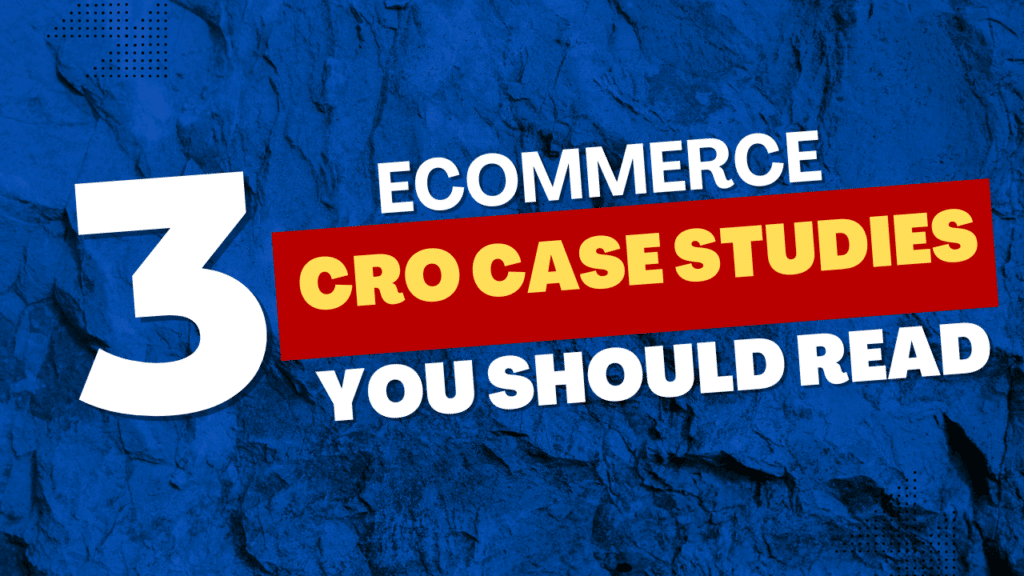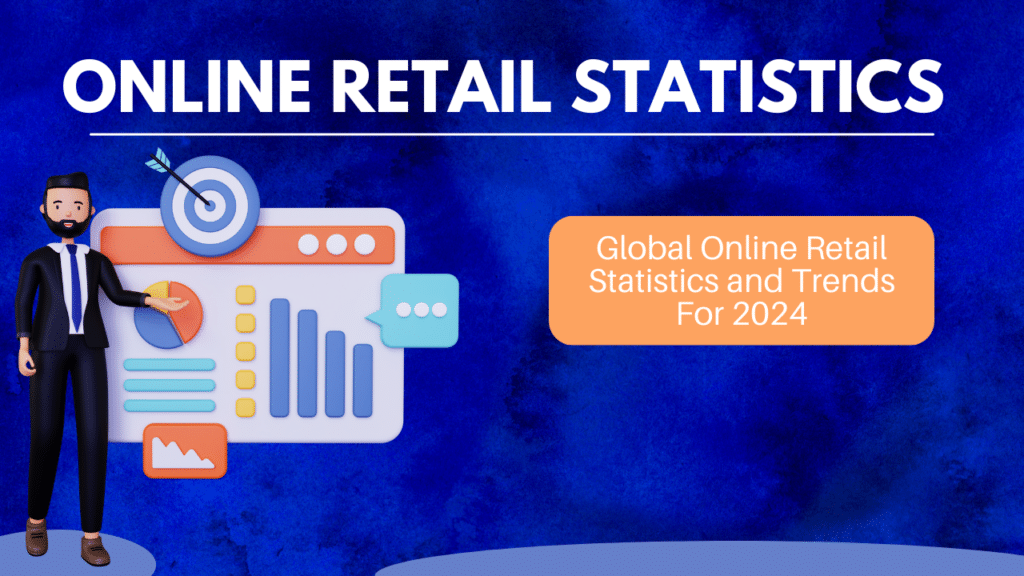If you believe that “markets are conversations”, as proposed in the book The Cluetrain Manifesto, and that their true nature relies on the free exchange of ideas, products and reviews, then you should believe that you’re having a one-sided conversation with prospects if you’re not actively engaging with them.
This is bad if you’re at all interested in using a democratic and dynamic marketing approach. Really bad.
First, let’s describe what “conversational marketing” is…
Tom Hespos put it pretty well:
Conversational Marketing” was a term that entered into the lexicon on the coattails of “The Cluetrain Manifesto;”it described a fundamental shift in thinking that needed to take place. The gist was that companies needed to start thinking of marketing as a bottom-up operation rather than a top-down one.
The internet was bringing a new dynamic into play, changing the ways in which people connected with one another, and Cluetrain helped to highlight opportunities for companies to connect directly with their customers online, in lieu of taking a broadcast approach to the marketplace. Conversational marketing emerged as a favorite term to describe the notion of connecting directly to customers online, in part because the first of the 95 Theses within the manifesto is “Markets are conversations.
Conversational marketing also rests on the idea that if every advertisement has an overtly human element to it, it will more likely strike a chord with readers and lead to the possibility of more sales for businesses.
However, conversational marketing, by virtue of its design, requires that you put some effort into holding it up. That means you, the human. Not you, the business. Confused yet? Well, think about it this way: no one likes to feel like they’re having a one-sided conversation, but that’s what you’d be essentially doing, if you launched a marketing campaign that was all declaration and no feedback.
A practical example of this is turning off comments on your blog. It’s an automatic shut down of communication potential between you and your readers and your readers with each other.
Given this, an interesting suggestion made by Sean Carton is that truly successful market conversations aren’t conversations, per sae, but rather, collaborations. There’s an important difference between conversations and collaborations- and you may already have an idea about what it is.
The word “conversations” has a casual, carefree connotation to it- a connotation which doesn’t really mesh with the hardnosed and serious world of business. Instead, the word “collaboration” connotes work coming from two sources that leads to a mutually beneficial end-product.
When talking about marketing and the dialogue between business owner and prospect, the word “collaboration” is more suited for the subject. Why? Because conversations can happen between two people and never be revisited. They can literally lead to nowhere and still be satisfying (think about two people sitting at a bus stop, talking about the weather to pass the time). Conversations can also be one-sided, containing only an intent to “deliver messages” and the lackluster indication of a received message from the other party.
In contrast, dialogue (and marketing tactics) moving towards collaborations can help you get a better grip on your roles of business owner and prospect- it can also help your marketing campaign perform better.
If you approach your marketing campaign with the idea of being “partners” with your prospects, you’re more likely to see results- in the form of conversions. How? Well, planning and executing marketing plans with the expectation that both you and your prospects have dynamic roles means that you keep everyone busily communicating and interested in selling and buying.
Seems like common sense, right? Well, to some, it’s not. In fact, there are still some marketers who believe in their supposed safe and old school methods.
In part, I blame the semantics tied into marketing for this attitude. Think about “target audience”, for example. A phrase like this implies that prospects are nothing more than figures waiting to be identified and barraged with simple declarations. They’re an “audience” after all, right? Passive and completely dependent on you for the action. Wrong! Like any true conversation or collaboration, there are build-ups, exchanges and agreements that lead both partners to a satisfying conclusion.
Chances are that you can’t stand being talked over while engaged in conversation in your personal life. Guess what? Prospects feel the same way when they are marketed items in way that completely discounts any free-thinking or engagement on their part.
That’s one of the reasons why business blogs are so great. They allow prospects the ability to become acquainted with a business on a very personal level. By leaving comments and communicating with the blogger, they become invested in the business’s brand, and of course, the product that it’s selling.
If you’re still not sold on the idea that conversational marketing is valid, consider this: it’s estimated that by 2012, 81% of marketers will be investing more money into conversational marketing than into channels generally considered to be “traditional” marketing. That’s a lot of money and not very much time between then and now.
Now, make no mistake- there are certain people out there that question everything about that estimation. For the record, I’m not one of them. Just take a look at the Internet. If it isn’t a bastion of potential for conversational marketing, I don’t know what is. And it just keeps growing!
These same people say that marketers are usually the last business people to change. I say they’re the first. But I ask you: do you really want to be the last one trying to start a conversation with your prospects? Ever walk into a crowded room and try to get a word in edge-wise with a conversation that’s already going? It’s not pretty. And it won’t be for you, either, if you don’t get on the conversational marketing ball now.
Do you acknowledge the power of conversational marketing?




